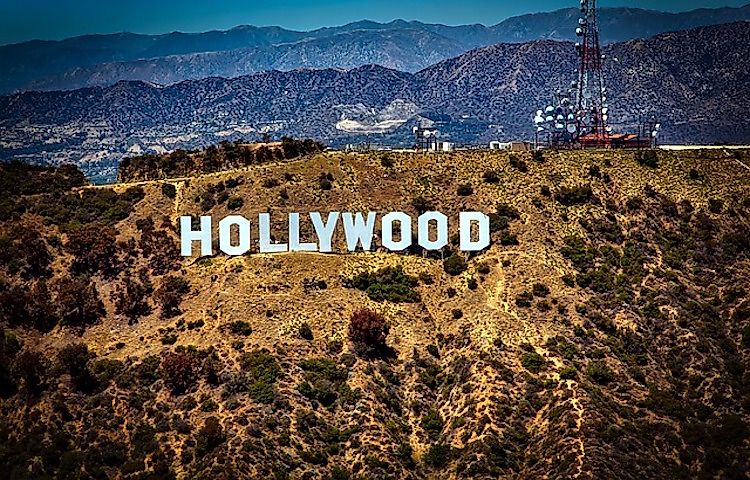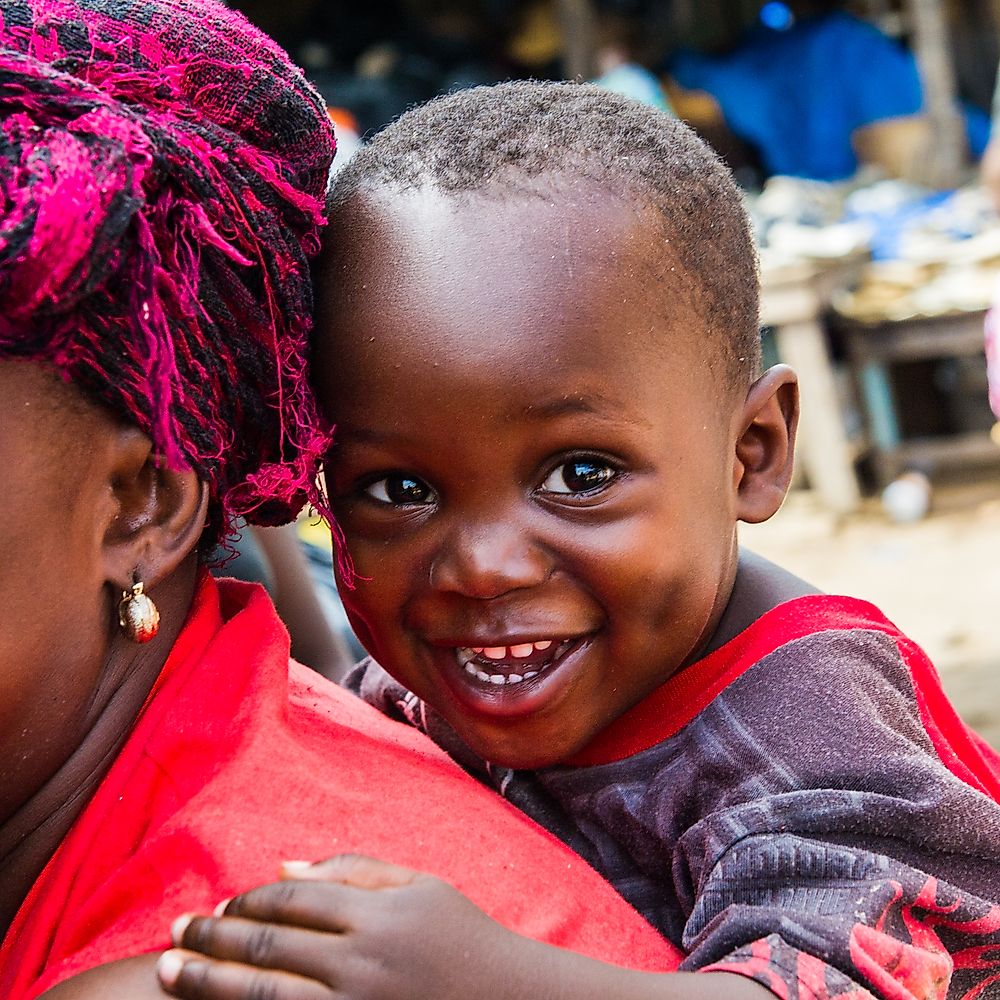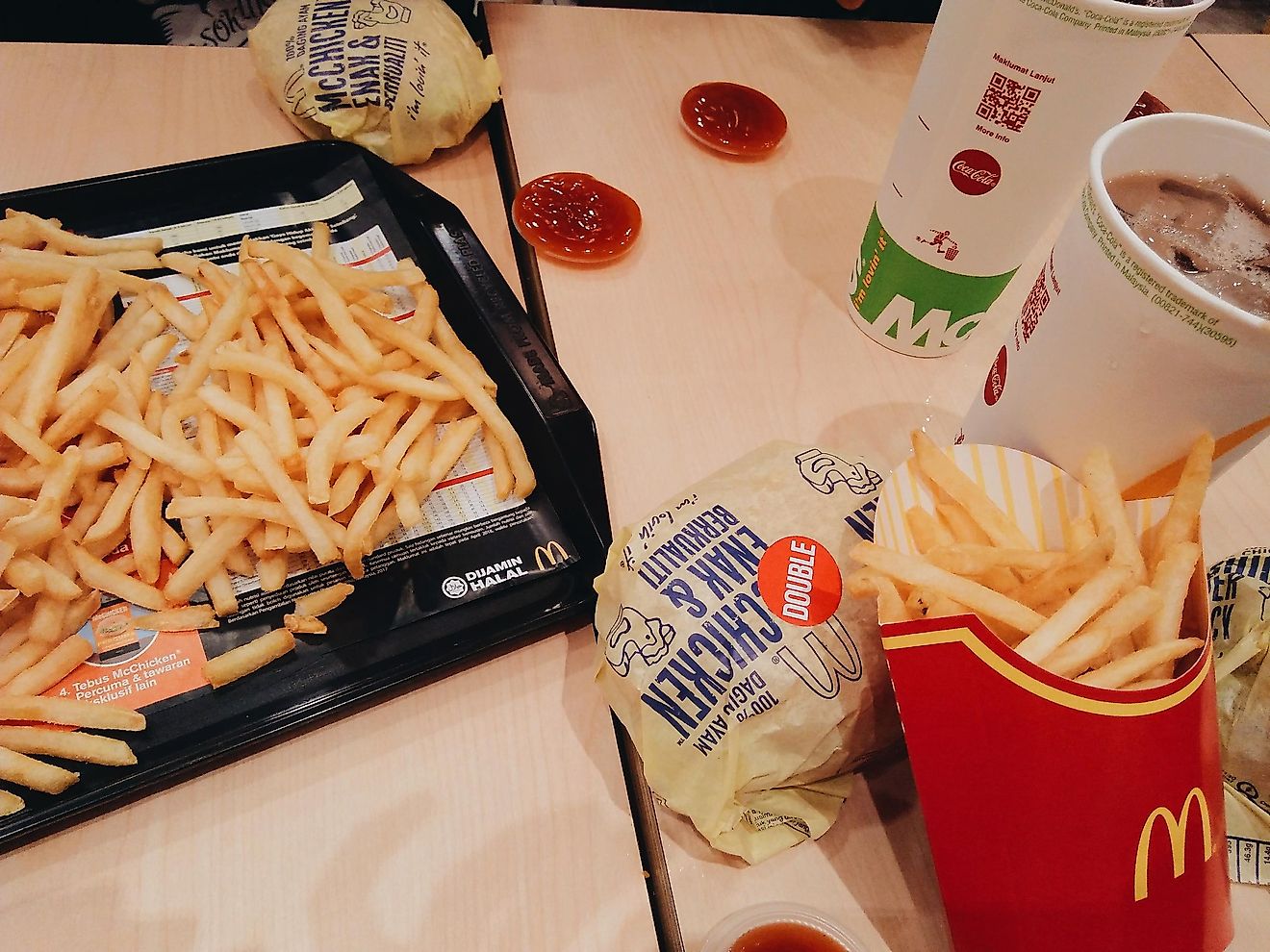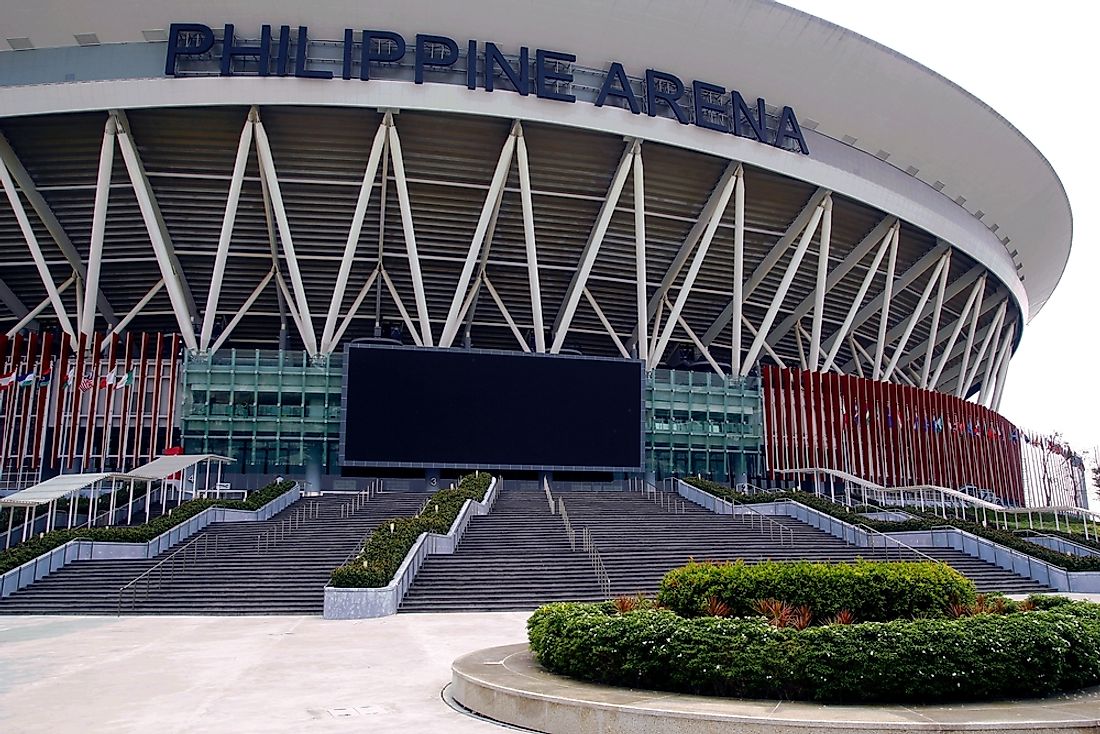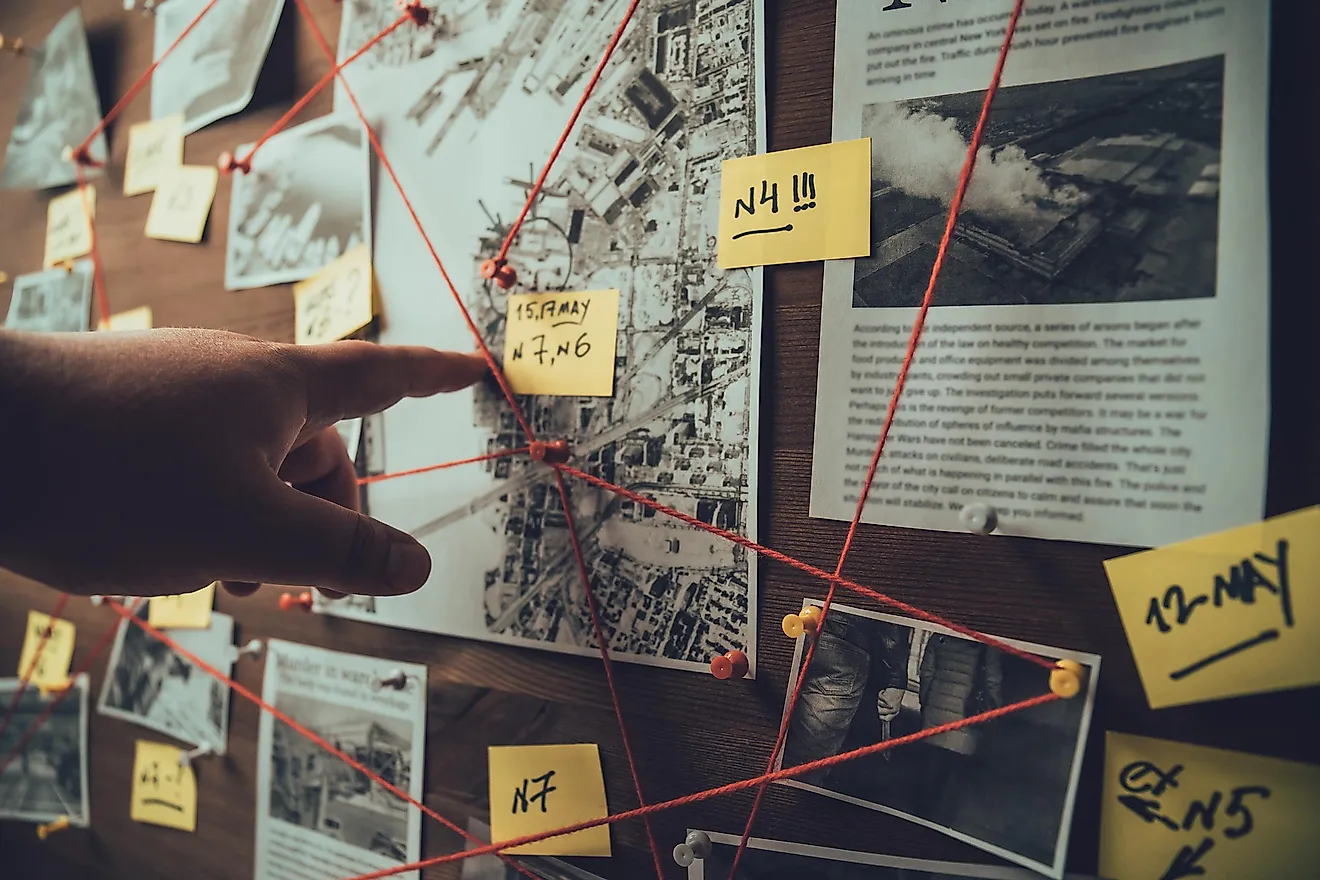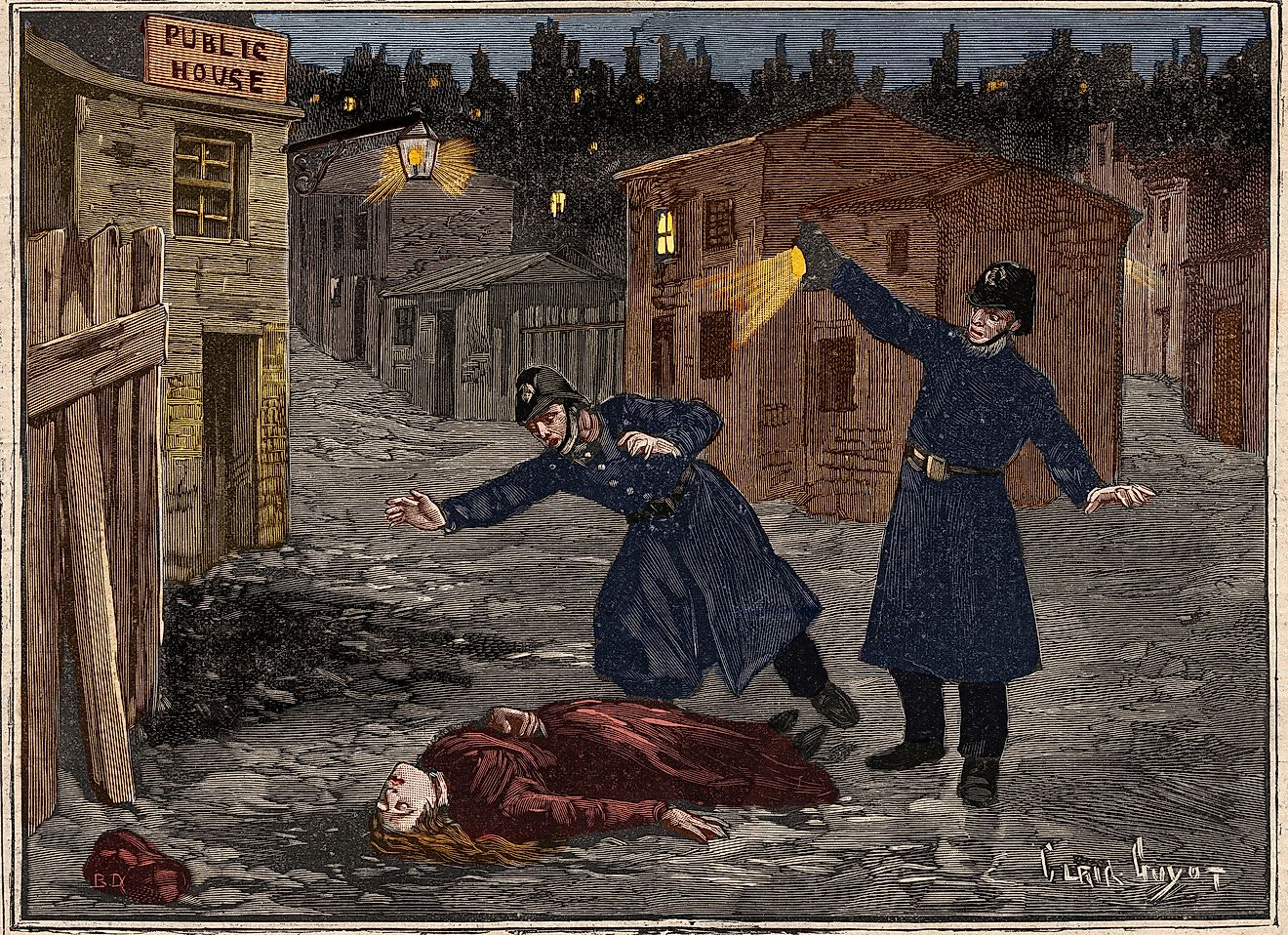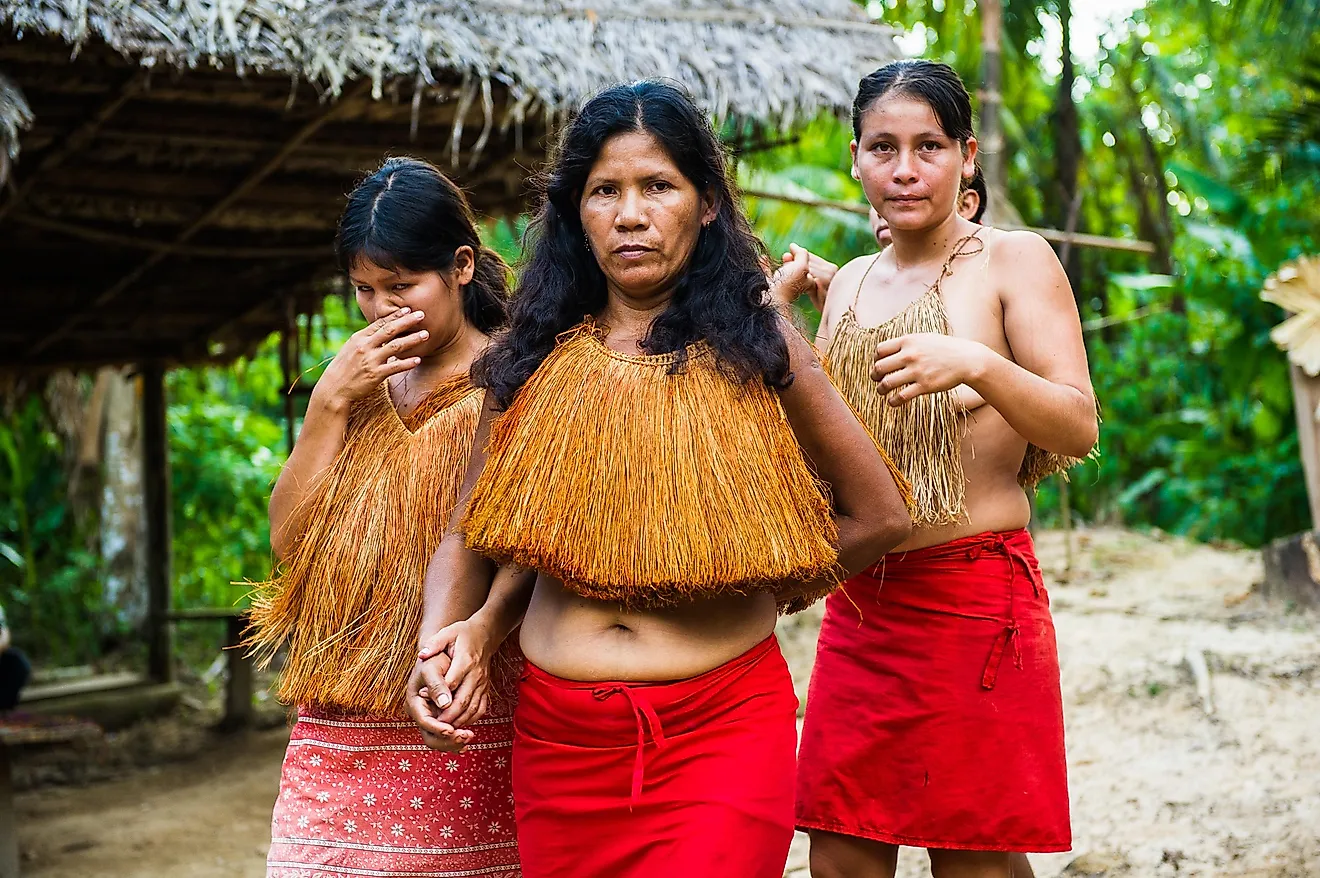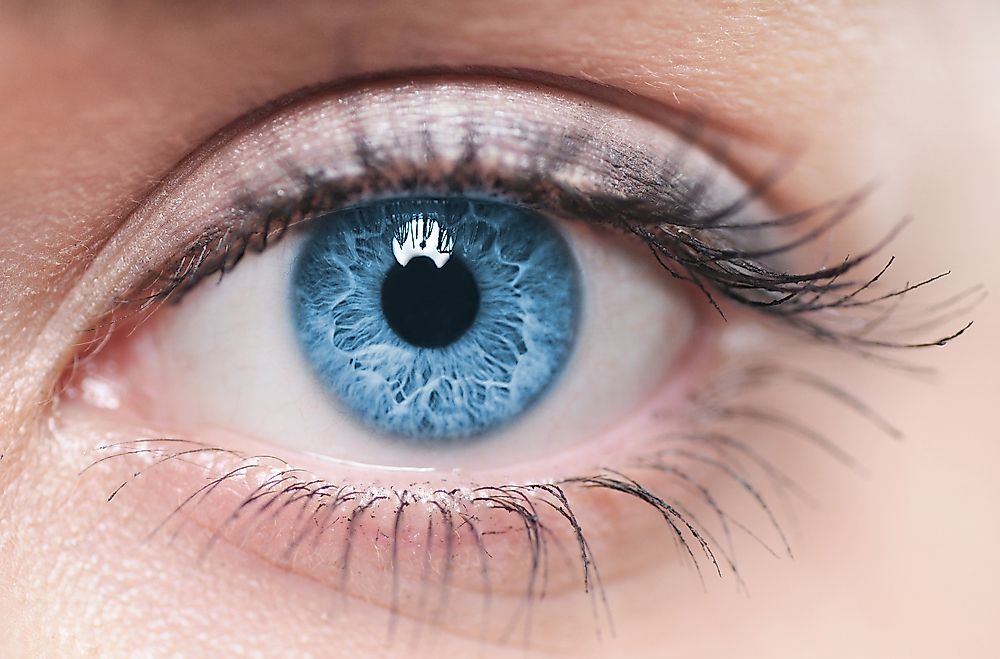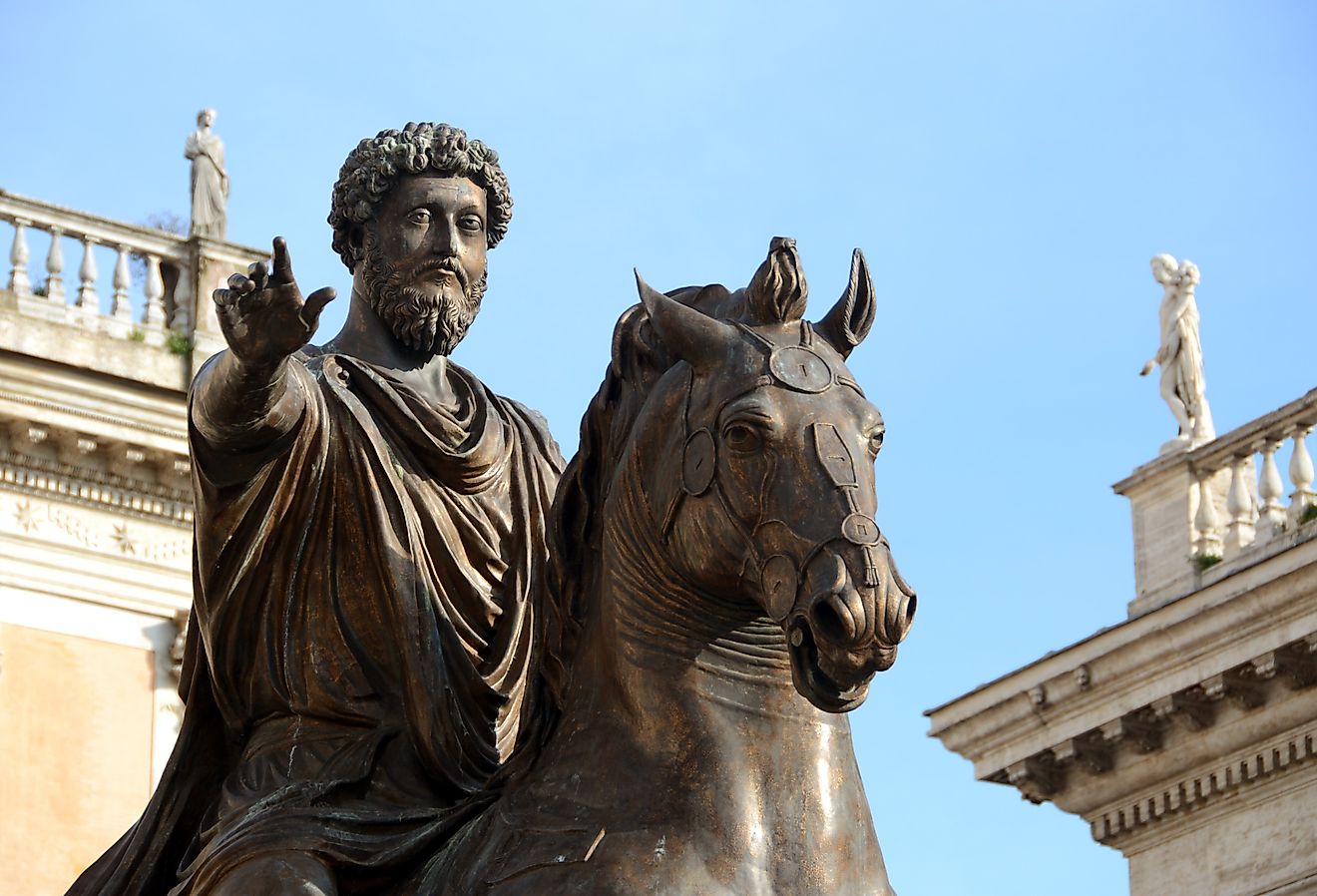Ethnic Groups Of Sri Lanka

Sri Lanka is a unitary semi-presidential island country located in southern parts of the Asian continent. The administrative capital of the country is Sri Jayewardenepura Kotte whereas Colombo is the economic capital as well as the largest city in the country. Sinhalese and Tamil are the official languages with English also being a recognized language in the country. The country has a total population of 20,277,597 people with a population density of 800 persons per square mile. The Sinhalese are the predominant ethnic group in the country with over 70% of the total population. .
Ethnic Groups Of Sri Lanka
Sinhalese
The word Sinhala translates to mean the heart or blood of a lion. The Sinhalese people are believed to have come from the princes of Vanga, who, as per legend, copulated with a lioness. They gave birth to a daughter called Sinhasiavali and a son named Sinhabahu who had lion-like features and even the strength of a beast. King Vijaya, who is from the lineage of Sinhabahu, arrived at the modern day Sri Lanka and eventually gave rise to the Sinhalese people.The community was organized in kingdoms led by hereditary kings. Their language is known as Sinhala or Helabasa. Their culture is characterized by fine arts, literature, dancing and a number of rituals. Their culture is closely related to that of Indians due to their geographic proximity. The community also practices a form of martial arts known as Angampora as a kind of self-defense. It is also a sport, exercise and a form of meditation. A majority of the Sinhalese are Buddhists with a small percentage being Roman Catholics.
Sri Lankan Tamils
Historians have not yet agreed on the origin of the Sri Lankan Tamil community and various contradicting theories have been brought forward. The most common one is that they are the original inhabitants of Sri Lanka. The community is culturally different from the Sinhalese, but genetic studies have shown that they are closely related. The community is subdivided into three groups based on their geographical location. The subgroups have gradually developed different dialects and culture. These groups are; the Negombo Tamils, Eastern Tamils, and Jaffna Tamils. About 80% of Tamil members are Hindus while the majority of the rest are Roman Catholics. Since independence, successive governments have put in place policies which have favored the Sinhalese community. These policy has denied the members of Tamil and other smaller ethnic communities a chance to venture into areas such as education and employment into the civil service. The younger generation of the Tamil community reacted by forming militant groups to air their grievances via violence. The violence escalated into a civil war which was later quelled in 2009 leaving over 70,000 civilians dead.
Sri Lankan Moors
These are the largest ethnic group in the country ordinarily referred to as Muslims as they are predominant Muslim followers. Two major theories explain their origin. One states that they are descendants of the Moor traders with the other explaining that they were originally part of the Tamil community wh9o chose Islam as their religion. The culture of the Moor community is closely related to that of the other Tamil speakers with some aspects of the Arab culture. The most common tradition borrowed from the Arab is group eating using large shared plates in wedding ceremonies.
Indian Moors
The Indian Moors can trace their origin back to India and migrate to Sri Lanka during the British colonial period in search of Business opportunities. During the colonial era, they served as casual plantation laborers. In 1930, India banned emigration of unskilled personnel into Sri Lanka and thus reduced their population increase. They are predominantly Islam, and their religion defines their traditions. Since the 1960s, the people of the Indian Moors in Sri Lanka have been declining to a point where they were categorized as others in the 1981 census. The decline is attributed to the massive return to India and others referring themselves as Sri Lankan Moors.
Other ethnic groups in Sri Lanka
Other ethnic groups include the Sri Lankan Tamils, Sri Lankan Moors, Indian Moors, Indian Tamils, and the Sri Lankan Malays, Burghers and Europeans.
Ethnic Groups Of Sri Lanka
| Rank | Ethnic Group | Share of Population of Sri Lanka |
|---|---|---|
| 1 | Sinhalese | 74.9% |
| 2 | Sri Lankan Tamils | 11.2% |
| 3 | Sri Lankan Moors | 9.3% |
| 4 | Indian Tamils | 4.1% |
| 5 | Sri Lankan Malays | 0.2% |
| 6 | Burghers and Europeans | 0.2% |
| Other Groups | 0.1% |
